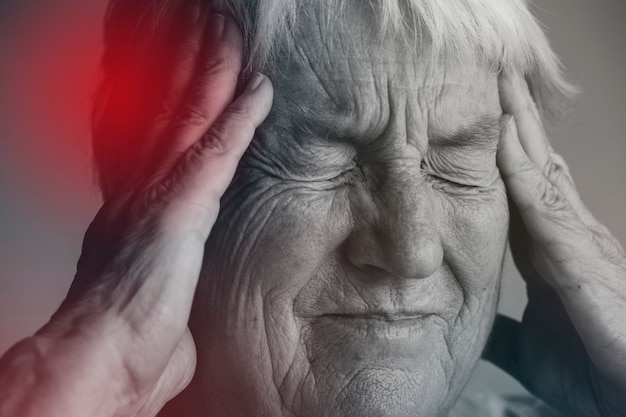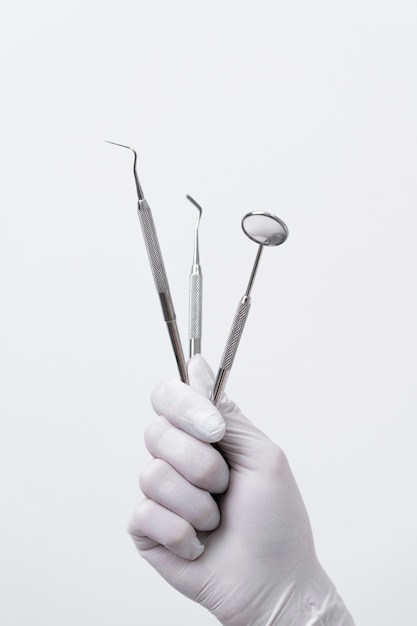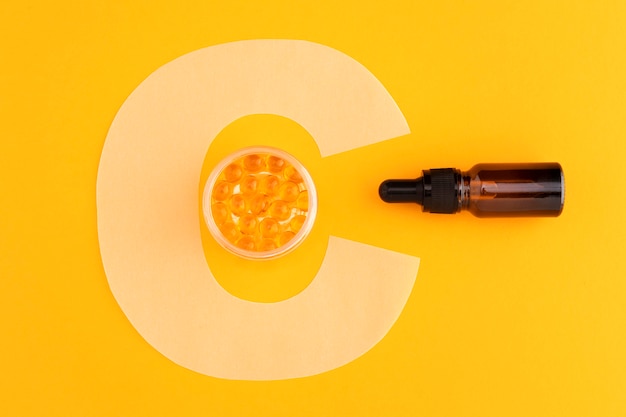

There are over 150 types of headaches, but the most common ones are tension, cluster, and migraine headaches. Each type varies in terms of pain, intensity, and duration. Let’s go through the 10 most common types of headaches to understand them better.
### 1. Tension Headaches
Tension headaches are known for their dull, persistent pain, not sharp or throbbing. It often feels like the pain is spread across your whole head. You may also feel tension around your neck, scalp, forehead, or shoulders. The main trigger is stress. Treatment typically includes rest, aspirin, ibuprofen, or caffeine-containing medications.
### 2. Cluster Headaches
Cluster headaches bring sharp, stabbing pain, commonly around one eye or one side of the face. The pain can be so severe that it causes eye-watering and nasal congestion. These headaches occur in “clusters,” with several attacks happening close together, lasting from minutes to hours over several days. Men experience cluster headaches more frequently, though the exact cause is unknown.
### 3. Migraines
Migraine pain is intense and throbbing, often lasting for days. It usually affects one side of the head and is accompanied by sensitivity to light and sound, and sometimes nausea and vomiting. Causes can include genetic factors, nervous system issues, sleep problems, dehydration, hunger, or hormonal changes. Migraines are more common in women.
### 4. Sinus Headaches
Sinus headaches are typically caused by an allergic reaction and result in pain in the sinus area. They’re common in people with allergies and can also follow a cold or flu. Relief often comes from nasal drops, sprays, or a yoga practice called Jala Neti.
### 5. Hormonal Headaches
Mostly affecting women, hormonal headaches resemble migraines and are linked to changes in hormone levels from menstrual cycles or contraceptives. They can occur before, during, or just after a period, and sometimes during ovulation. Women who suffer from migraines are more likely to experience hormonal headaches.
### 6. Caffeine Headaches
Caffeine affects brain blood flow, and consuming too much can lead to headaches. Conversely, if you’re used to drinking coffee daily, missing your usual dose can also cause a headache.
### 7. Physical Activity Headaches
These occur after activities like weightlifting, running, sex, or heavy labor. The headaches are pulsating and felt on both sides of the head, often due to the physical exertion.
### 8. High Blood Pressure Headaches
When blood pressure spikes to dangerous levels, it can cause a pulsating headache, sometimes with visual changes, nosebleeds, chest pain, or shortness of breath. Typically, the headache subsides once blood pressure returns to normal.
### 9. Medication Overuse Headaches
Overuse of certain medications can lead to headaches. It’s vital to read and understand the side effects of any drug to avoid this.
### 10. Post-Traumatic Headaches
Headaches that develop after a trauma or stroke can last from six months to a year and sometimes become chronic. They may eventually improve, but in some cases, they persist.
Understanding these common types of headaches can help you identify and seek appropriate treatment for your specific symptoms.

